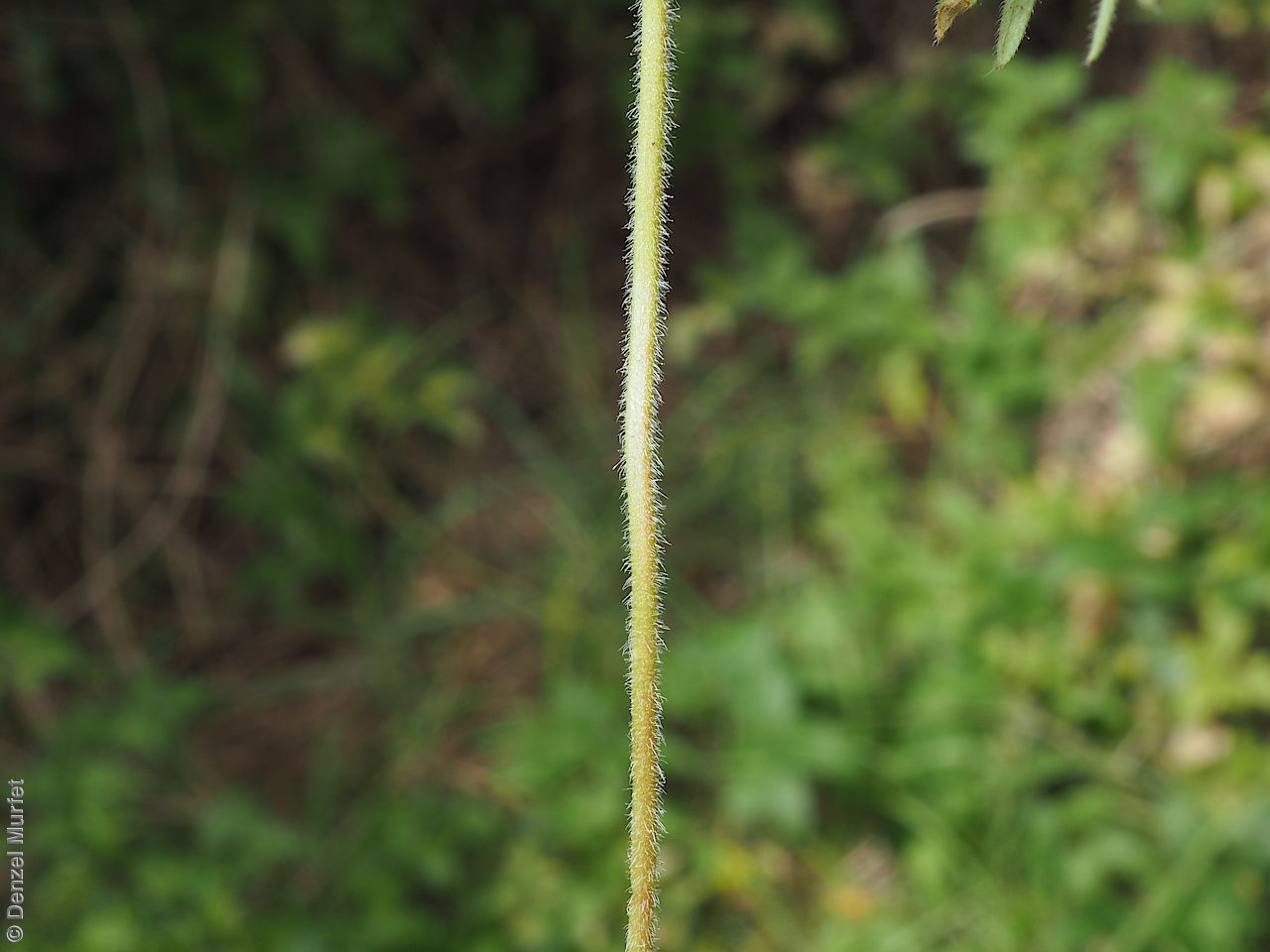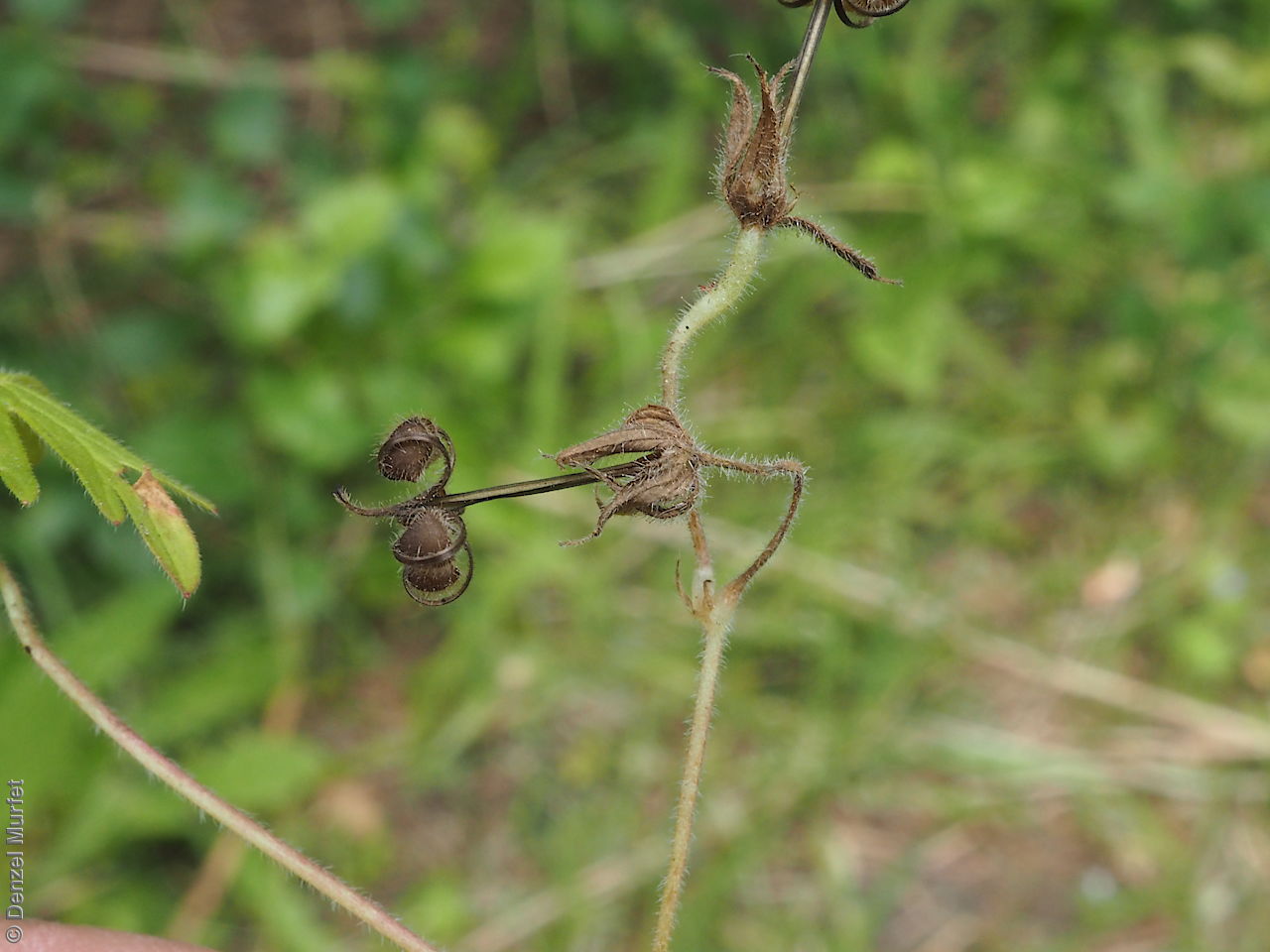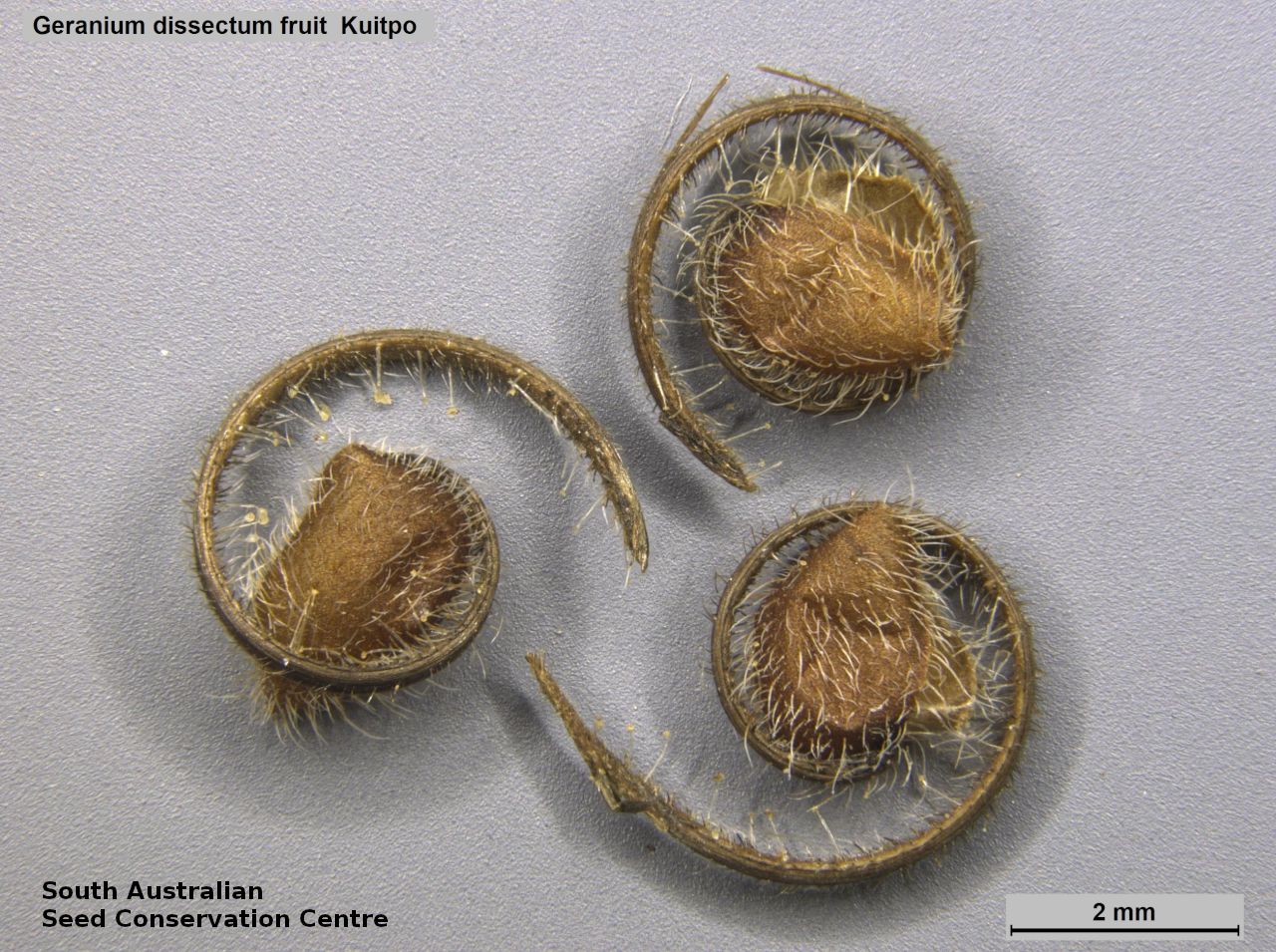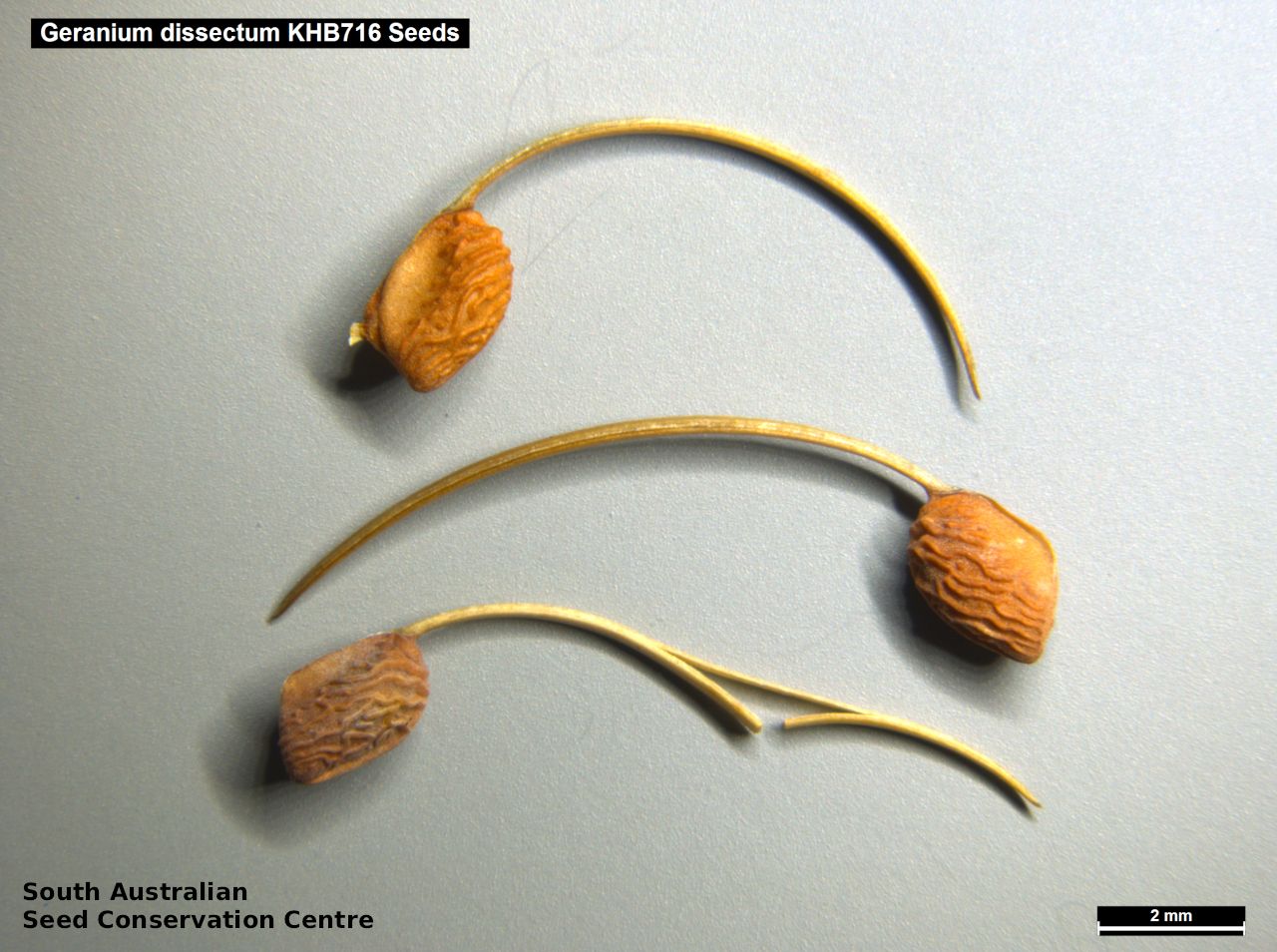


















Botanical art
Common names
Cut-leaf Crane's-bill
Cut-leaf Geranium
Etymology
Geranium from the Greek 'geranos' meaning a crane, alluding to the fruit resembling the head and beak of this bird. Dissectum from the Greek 'dis' prefix meaning two and the Latin 'sectus' meaning cleft, referring to its 5-lobed leaves which are again divided into segments.
Distribution and status
Native to Northern Africa, Europe and Asia, it has been collected from southern Mount Lofty Ranges in South Australia, growing in disturbed land, cultivated or waste places on a wide variety of soil types. Also found in Western Australia, New South Wales, Victoria and Tasmania. Introduced. Uncommon in South Australia. Uncommon in Western Australia. Common in the other States.
Herbarium regions: Southern Lofty, Green Adelaide
AVH map: SA distribution map (external link)
Plant description
Hairy annual herb to 40 cm long with erect to ascending pubescent stems. Leaves alternate to 18 cm long and densely pubescent; leaf blades pubescent, palmately lobed into 5-7 divided, linear lobes with minute reddish tip. Inflorescence in pairs with deep pink to purplish flowers covered in glandular-hairs. Flowering between August to December. Fruits are brown fruit to 13 mm long with 5 hairy mericarps. Seeds are small pale-brown globular and very distinctly broad-pitted seed in the balloon part of the mericarp.
Seed collection and propagation
Collect seeds between November and February. Collect matured fruit, those that are turning brown and the mericarps are starting to curl and peeling off the fruit stalk. Place the mericarps in a tray and leave to dry fro 1 to 2 weeks. If only the mericarps are collected, no further cleaning is required and it can be stored as is. Alternatively, you can clean to seed by gently rubber the mericarps with a rubber bung, then use a sieve to separate unwanted material. Store the mericarps/seeds with a desiccant such as dried silica beads or dry rice, in an air tight container in a cool and dry place.